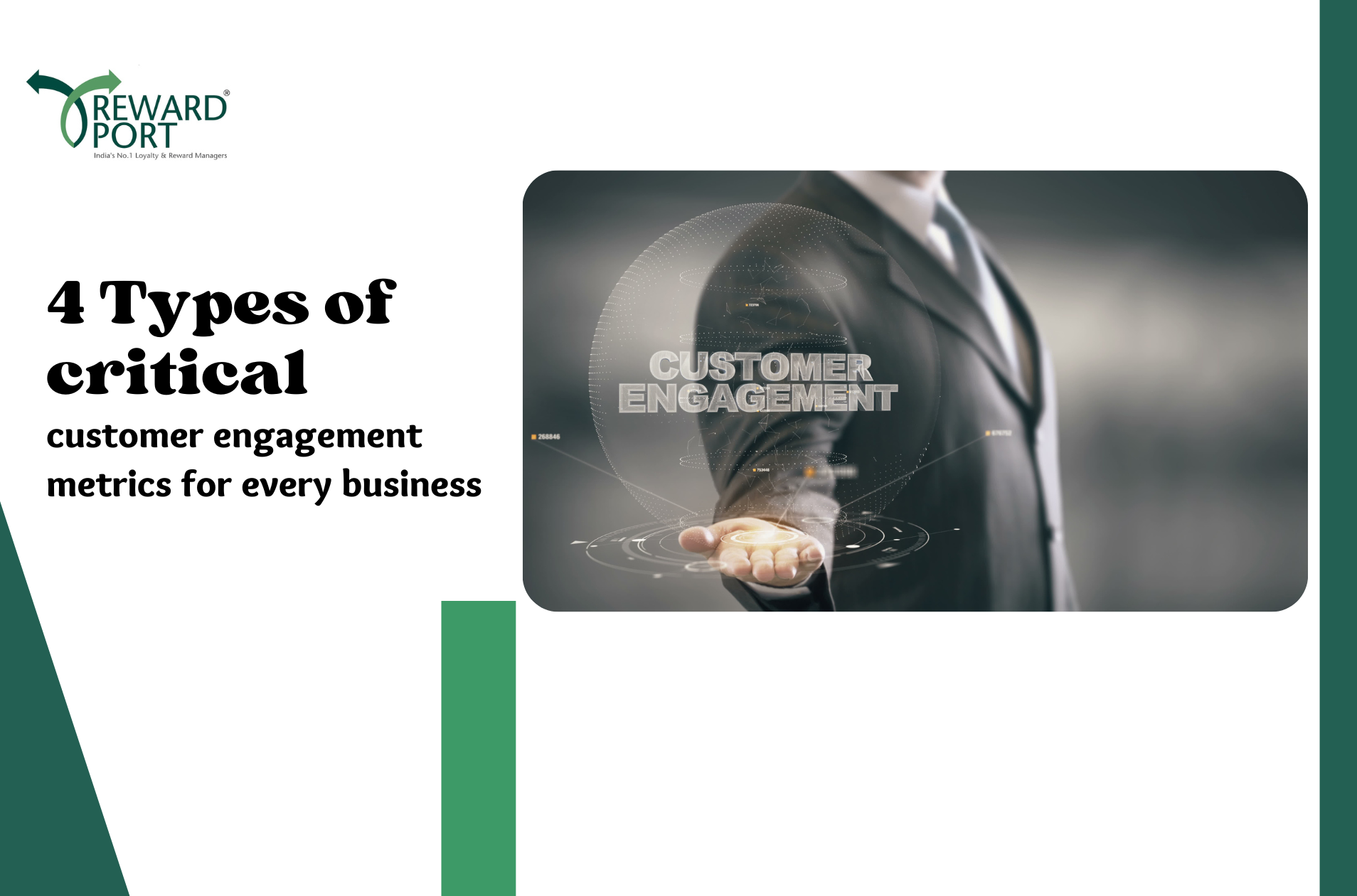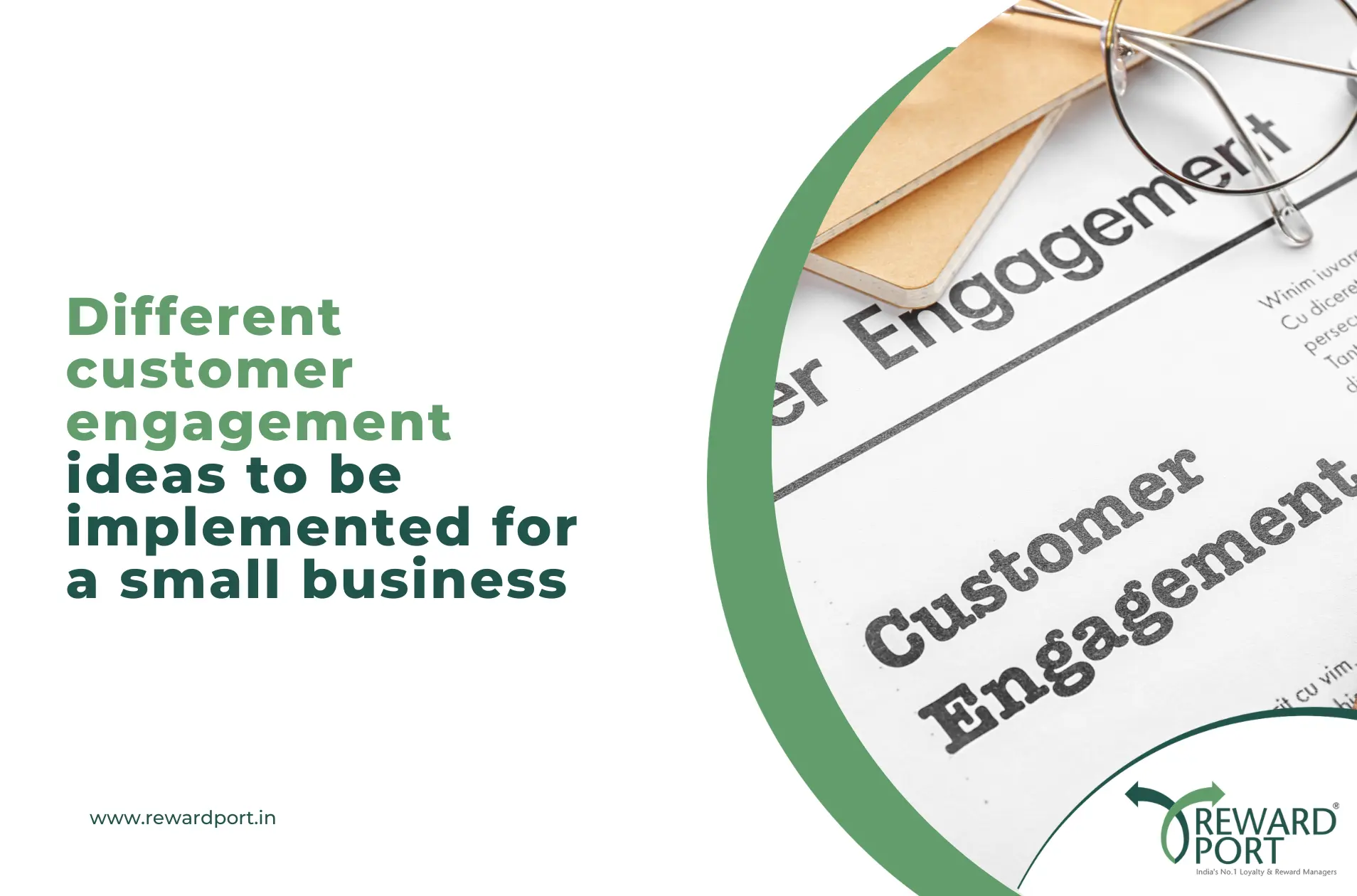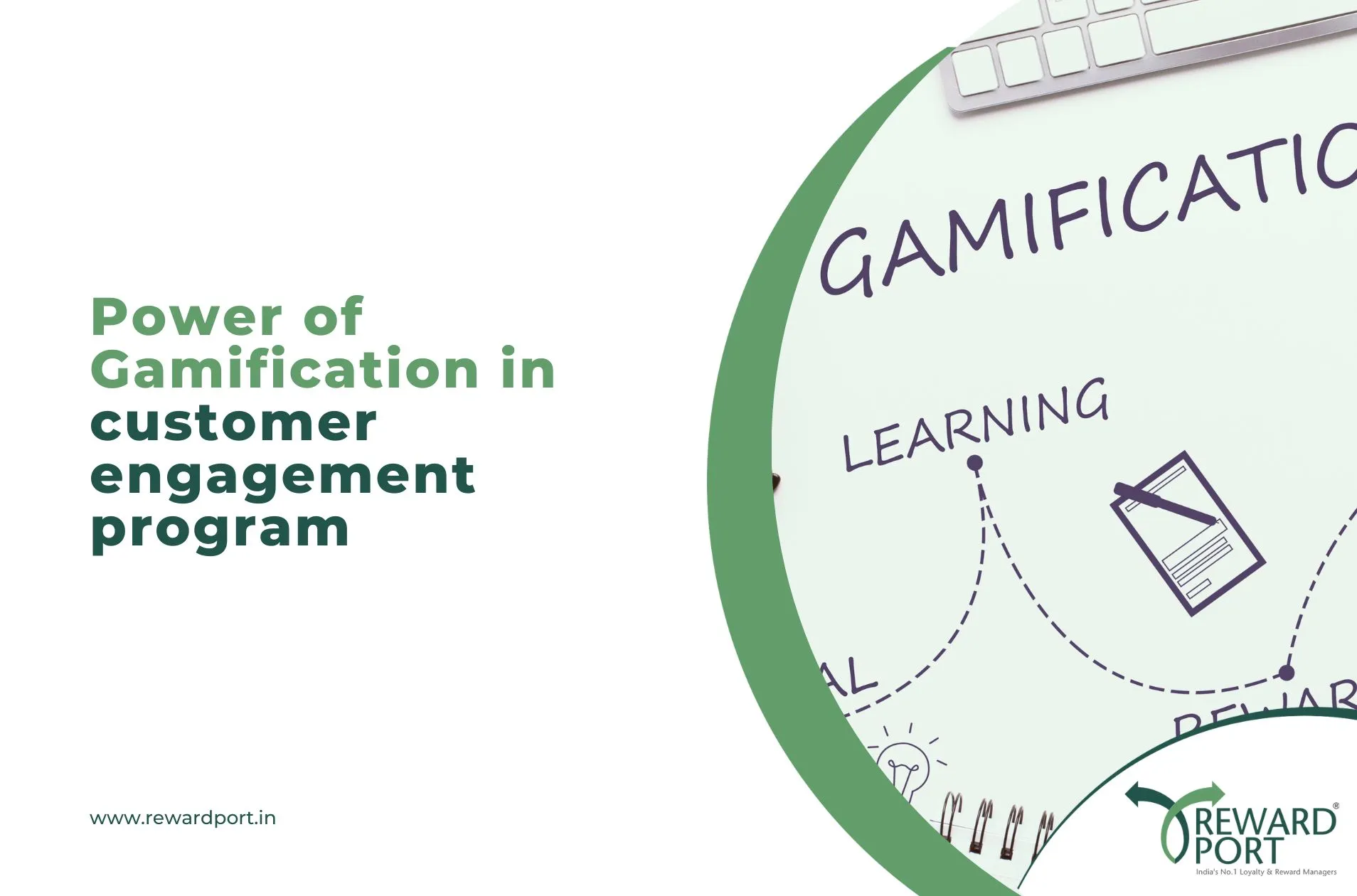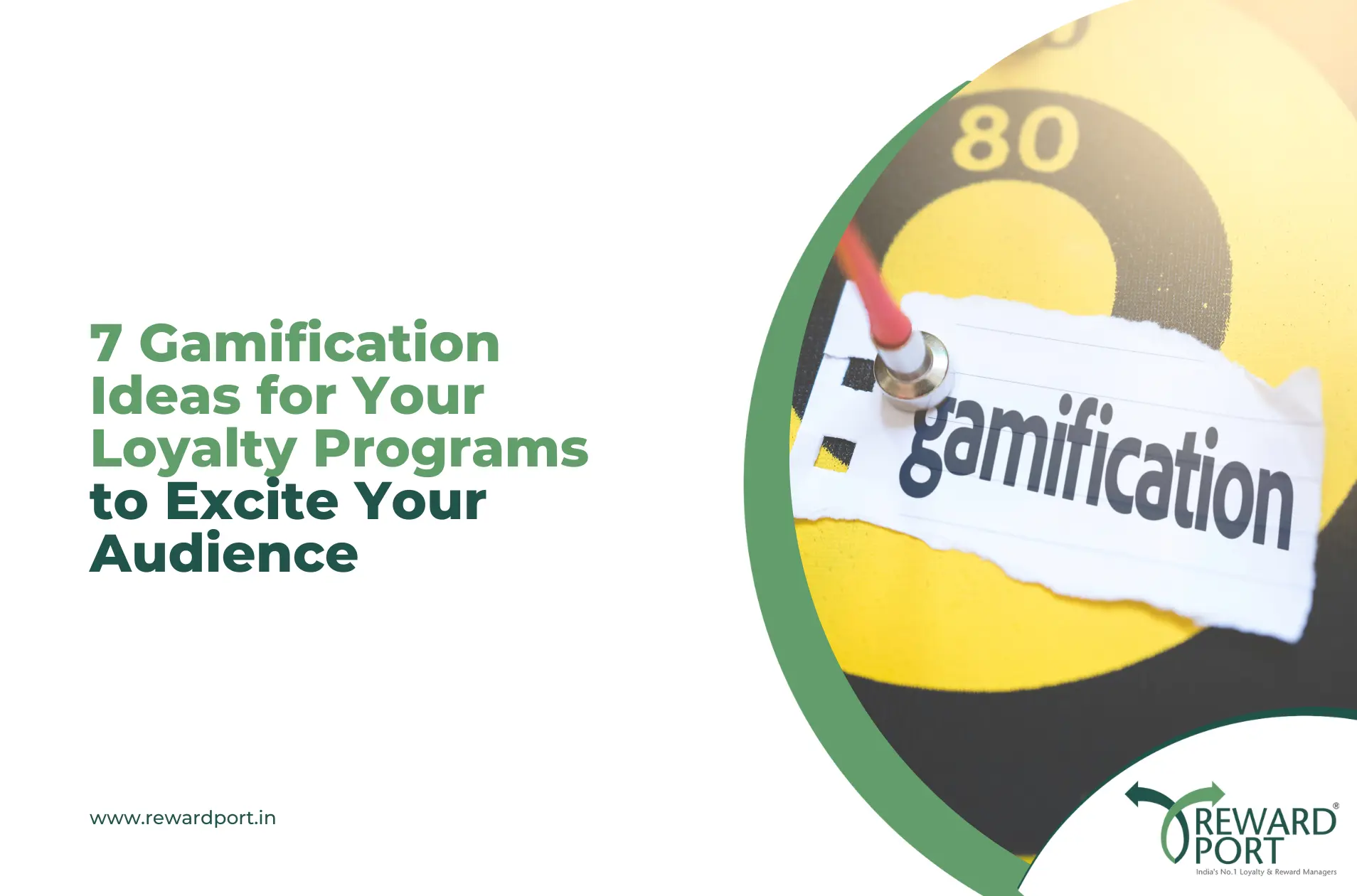In the current organizational landscape, data is very important. It serves as the foundation for decisions about strategy and implementation and propels crucial investments in both the personnel and technology. For good reason, it is the focus of research papers, boardroom debates, and conferences.
Scaling data and analytics, according to 33% of businesses, has enabled them to boost revenue from their current source. 24% of respondents said it has enabled them to access new revenue sources. Who’s important for businesses that wish to prosper in the current cutthroat and unstable market environment.
The majority of firms today are aware of how valuable data insights can be in streamlining operations, enhancing performance, and boosting profits. Companies still struggle to successfully track and capitalize on a number of crucial indicators and signals, though.
Most Key Performance Indicators (KPIs) place too much emphasis on gauging output and performance. Organizations risk losing sight of the most important indicators that spur business success if they just focus on those KPIs: user or customer experience measurements.
Which is what this blog aims to address.
1. Choose your Customer Performance Indicators (CPIs) and concentrate on the results that are important to your customers.
The most popular indicators that businesses monitor, such as customer retention rate, revenue churn, growth, etc., are all company-centric. Organizations shouldn’t merely gauge how well their customers are performing for them, especially those that pride themselves on being customer-centric. They ought to gauge how well their business serves customers.
To make your customers loyal to your brand you should focus on customer engagement strategies such as customer engagement gamification, customer loyalty program, gamification rewards programme.
Identifying your company’s main Customer Performance Indicators (CPIs) is a useful approach to differentiate between the two. These include results that are significant to your customers (such as time or money saved, convenience, recognition, etc.).
The Customer Effort Score (CES), for instance, is a great illustration of a CPI because it focuses on outcomes (convenience and time saved) that are important to customers. It measures the effort it takes for customers to get an issue resolved, a question answered, or a request fulfilled.
2. Pay attention to what people do rather than just relying on poll results
Most businesses largely rely on NPS surveys and CSAT scores for gauging customer advocacy and loyalty. These ratings and survey replies, nevertheless, frequently don’t provide a completely true picture of customer behavior or experience.
NPS, for instance, is unable to reveal whether your “promoters” are in fact telling others about the goods and services offered by your business. CSAT survey responses don’t necessarily reflect a customer’s overall opinion of your business; rather, they primarily reflect their satisfaction or dissatisfaction with a specific experience or support interaction.
Compared to returning customers or customers who recommend other people based on their experience, secondary performance metrics like post-customer service surveys are significantly less meaningful. It is a typical instance of deeds speaking louder than words.
Customers enjoy receiving unexpected treats like spinning the wheel and winning amazing rewards, pay attention to their needs and practices and organize customer loyalty programmes accordingly, also you can add a tinge of more fun if you gamify your loyalty programme.
3. Keep an eye out for signs. Keep track of how customers behave and how they interact with your product
Feedback from customer surveys frequently misses numerous crucial behavioral cues. Critical markers of a customer’s experience and purpose are how they interact with your product and website. You must keep an eye on them and your survey results simultaneously.
Customers’ survey responses may not always be as accurate as some behavioral indications, such as which areas of your website or product they spend the most time on or quickly leave, which product features they use the most or the least, etc.
They monitor new user adoption and experience metrics for their QR Code generator and marketing platform in addition to tracking some company-specific KPIs to assess revenue growth and support quality.
Collectively, the metrics mentioned above support the team in identifying emerging product concerns. Additionally, they help them understand user behavior so they can continuously enhance their onboarding strategy.
Because they couldn’t figure out how to use an app, 80% of users deleted it, and 86% of people are more likely to stick with a brand that makes an effort to “welcome and educate” them during the onboarding process.
Give your customers the opportunity to explore what you have for them such as spin the wheel and win, gamify your loyalty programmes or customer engagement gamification and to get a better revert from your customers indulge them into customer loyalty programmes.
4. Be master problem solvers by attempting to address customers’ concerns on the first try
It goes without saying that today’s consumers are pickier than ever. If they don’t think your product is worthwhile or aren’t satisfied with the service you provide, they’ll leave—and they’ll depart quickly. 60% of customers believe that after two or three negative experiences, they would move to a different brand. A third of people say they would switch companies after just one negative customer service encounter. One-on-one problem-solving is regarded by 33% of consumers as being the most crucial component of excellent customer service.
You can find out that your workers are overloaded with a high amount of customer requests and are unable to respond to customer inquiries right away.
Then, you may lessen their workload by automating routine tasks and making sure workflows are well-defined.
You can simply handle these issues if you make the correct software investment for customer care.
Conclusion
The top rewards and loyalty marketing business in India is RewardPort. In order to help corporations not only increase their sales and profits but also build enduring relationships with their people, RewardPort provides end-to-end solutions. They believe that the decisions made by your company can inspire your people, whether they are your customers or employees.
Frequently Asked Questions
How can somebody participate?
To participate in a contest and win prizes, you will just need to log in to that website/app using your registered mobile number. Check all the steps required to participate and proceed further accordingly.
What happens if a participant participates in the contest using an unrelated mobile phone that does not belong to them?
If the contest has nothing to do with a mobile number registered with a particular brand, you can participate in it using any number. But, for contests launched by a particular brand under their loyalty program, you will most probably need your registered number.
How to spin the wheel online?
If a particular brand is providing you with an option to win prizes by spinning the wheel, you can do it by logging in to their app/website. Generally, the wheel pops up on your screen when you open the app, and you can easily spin it. Otherwise, you can find the option under the rewards section.
How do I earn prizes playing Daily Spin to Win?
You can win exciting prizes by participating in a daily spin-to-win contest. Just log in to the respective brand’s app/website, spin the wheel, and check what prize you have won. You might not win a prize every time you spin it, but you can get something amazing if you do it regularly.





